This is a pretty big week for new products. We have a lot of new red boards, as well as some revisions, and other goodies. We will be skipping the Robotics 101 video this week, just because we had so many other products. But don't worry, we'll be back next week with the Robotics 101 series. First up, check out the product video for this week, complete with a couple of demos.
ReplaceMeOpen
ReplaceMeClose
Mmmm, crisp romaine lettuce. I actually really want an intercom system for Chris, but for some reason, he doesn't think it's a good idea, strange. That being said, the BC127 has some pretty interesting uses for sending audio between two modules. And if you're wanting to just stream audio from a single device, check out the RN-52 breakout.
We have a few new products for the RedBot this week. We now have a wheel encoder that utilizes the slotted discs that come with the magician chassis. The wheel encoder has two infrared sensors that allow you to read the slots in the encoder discs, thus determining how far and how fast the motors and wheels are actually moving. It comes with the hardware you need to mount it to the chassis.
The next sensor for the RedBot is the mechanical bumper or whisker sensor. This sensor attaches to the front (or back) of the chassis using the supplied hardware and uses a long piece of wire to detect a wall or obstacle. The wire simply presses against a nut to form a closed circuit, letting the controller know there's something in the way.
The RedBot buzzer is a simple piezo buzzer that adds auditory feedback to your RedBot. Make it beep when it changes directions, buzz loudly when it hits and obstacle, or play the Mario theme right before it drives down a flight of stairs. It's up to you. The buzzer just plugs directly into the RedBot Mainboard.
The last RedBot component we have for this week is a revision to the RedBot accelerometer. This new version has pass-through headers which lets you pass through the I2C pins for other sensors or components. The headers come pre-soldered and it simply plugs into the mainboard. The accelerometer can be used to detect bumps or a terrifying free-fall.
We have a new product similar to the popular MP3 Trigger this week, the WAV Trigger. It plays WAV files instead of MP3's. One major significant difference however is that the WAV Trigger is polyphonic, meaning that it can play multiple CD quality audio tracks (up to 8) at the same time blending them together. You also might consider this product if you need higher quality audio than MP3s. Both triggers let you pre-load audio tracks on a microSD card, and trigger (play) them by adding a basic switch, or any other triggering mechanism. These are perfect for art installations, haunted houses, museums, or pranking your coworkers.
The BC127 is a Bluetooth 4.0 module that has a lot of interesting features. The Purpletooth Jamboree is a development board based around the chip. It has buttons for play, pause, tracks, and volume. It also breaks everything out and has jacks to make prototyping with this board easy.
If you don't need all the buttons and jacks, and just want a simpler breakout, check out the BC127 Breakout. It gives you all you need, and nothing you don't.
The Vernier Interface Shield allows you to use Vernier sensors with your Arduino. It has 2 BTD (digital) and 2 BTA (analog) jacks for connecting sensors. The simple interface and Arduino Library make reading sensors easy.
The new LCD bezels from 4D Systems allow you to cleanly integrate your LCD into an enclosure. They come in 2 sizes (4.3" and 3.2") in both black and white. The screw directly to the front of your LCD and have metal clips that attach to your enclosure.
Looking for an enclosed 4xAA battery holder with a switch? Sorry, can't help you out. Just kidding, we have one for you. This is just like our other battery holders, but is for 4xAA batteries. It has wire leads coming out, and a screw to keep the cover closed.
We have revisions of the Pro Micro (both 3.3V and 5V) this week. They are largely the same as before, but with some footprint and layout tweaks. The USB footprint is now stronger!
Remember the Simon Tilts from a couple weeks ago? We are now selling the big 10mm orange LED. Get four of the orange and put them in storage.
We also have a new version of the MPR121 capacitive touch keypads. This one just went through a few minor cosmetic changes and footprint revisions, but works the same way. It's an easy way to add a touch keypad to your project. Check out the hookup guide for more information on how they work. Or, if you want a blast from the past, watch the video, which was one of my first!
Lastly, we have a new version of the Sharp infrared proximity sensor. Not a lot has changed other than the model number. It still has the same range, 4cm to 30cm, and works well with a 5V microcontroller. These sensors are great for short-range object detection.
Phew! That's the longest post I've done in awhile. If you made it this far, congratulations! Thanks for reading and watching and we'll be back next week with even more new products and demos. See you then!

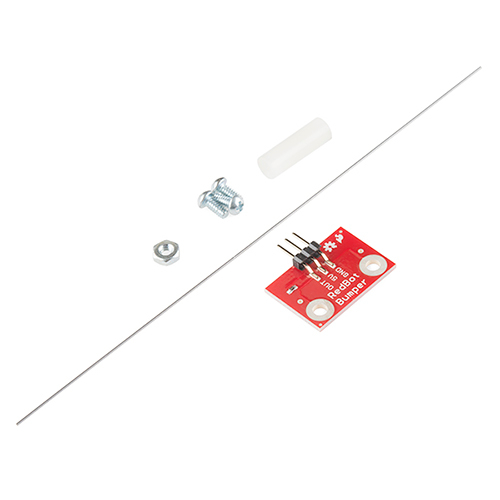
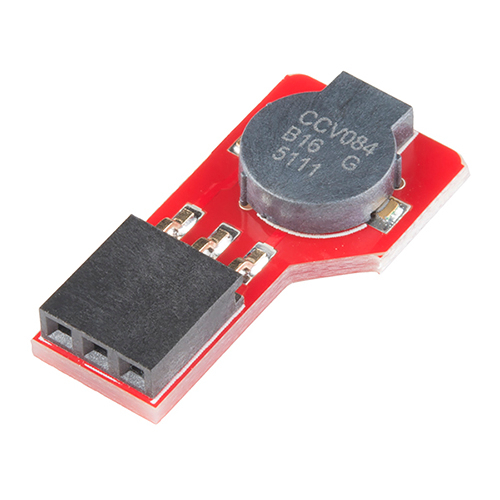
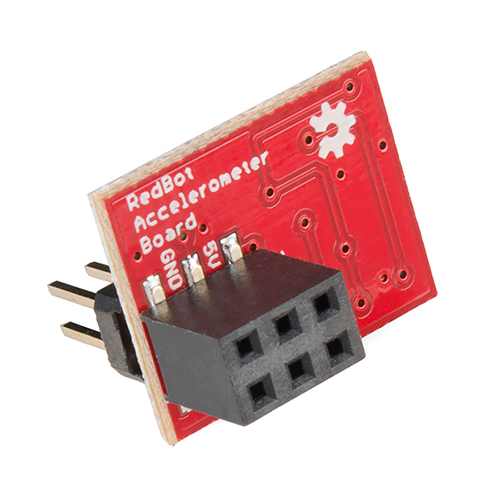
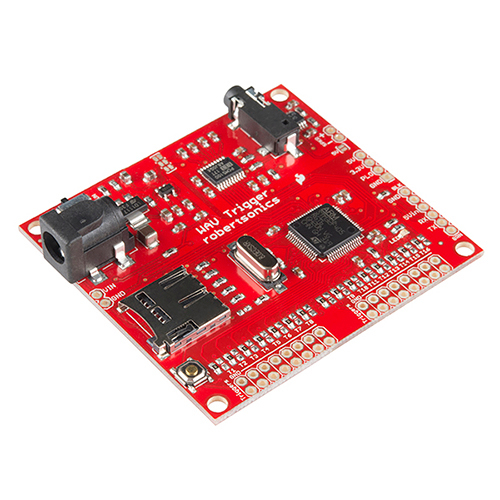

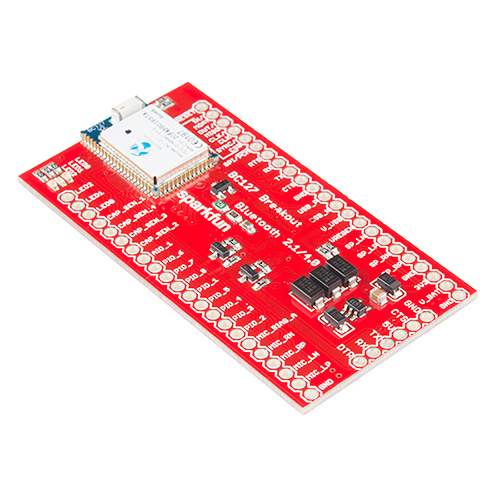
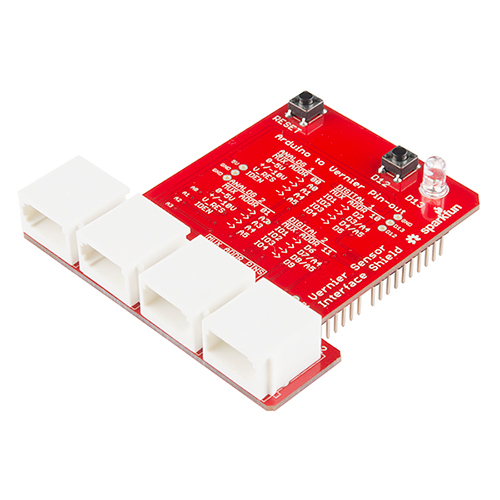
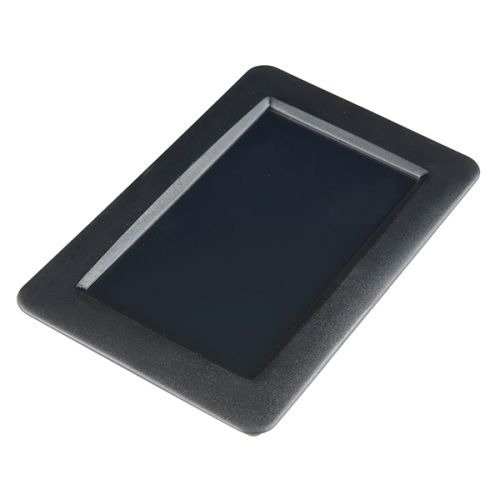
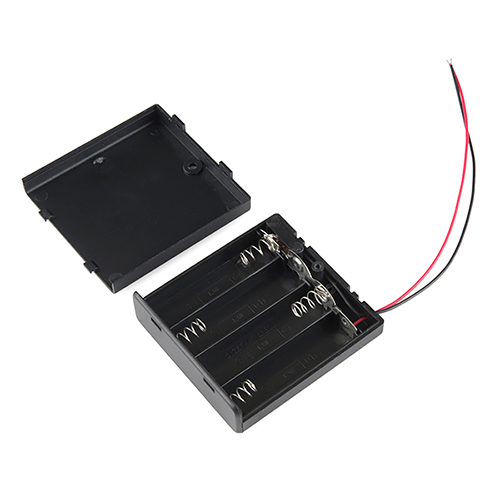
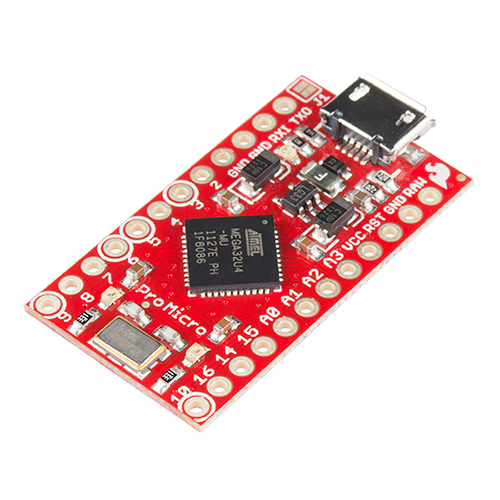

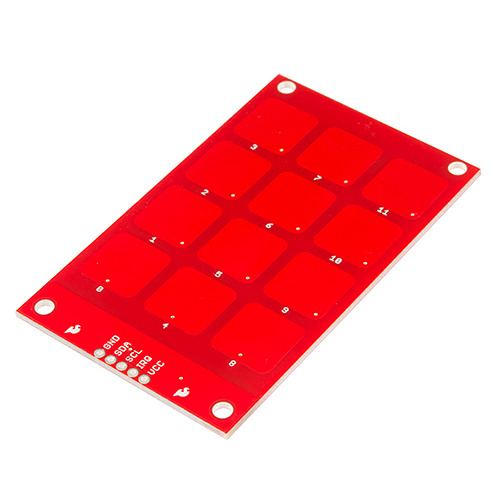
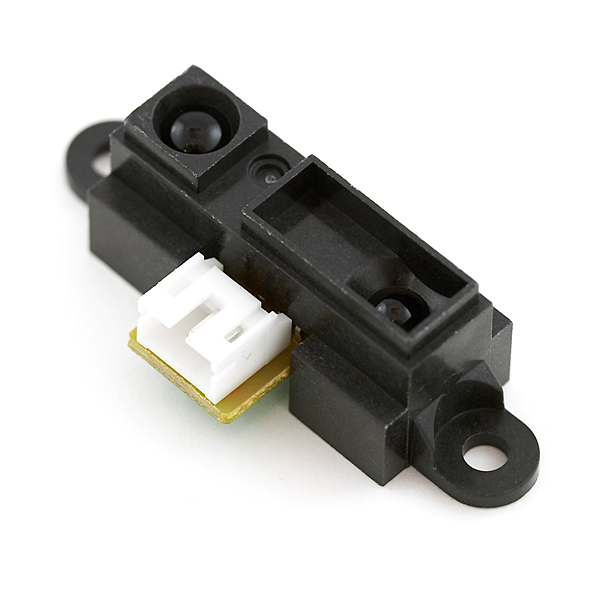

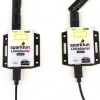






I was looking at the WAV trigger and my first take on it was "why $49? Can't I do this with a Raspberry PI?" I took the time to look over the features here: http://robertsonics.com/wav-trigger/ (watch the video), and it makes it clear why - this isn't a toy. There's a 32 bit DAC (http://www.ti.com/lit/ds/symlink/pcm5100a.pdf) and an ARM doing the heavy lifting of reading from the SD card, WAV parsing, mixing, and writing to the DAC as well as the lighter work of responding to communication ports. Definitely a higher-end product.
If you compare it to the Adafruit one, you get a single sample, 12bit, and a shield that will likely max out your Arduino in resources. I'm sure it a nice product, but it is very limited compared to this.
And finally if you look at something like Elm-chan's player (http://elm-chan.org/works/sd20p/report.html), it's positively minimalist.
Nice work!
Thanks for taking the time to look over the details. I do happen to think the WAV Trigger is unique in capabilities and performance, especially at the price point. The demo video attempts to cover the important highlights.
Your RedBot line is really coming along and is awesome; it is really great for people getting into robotics. I've already seen a few at our local robotics club. The wheel encoder board is a much needed accessory, and it looks like it is sold out already. Congrats! I guess I'll have to wait a bit to get mine. Bummer.
Thanks! We're really excited about it here, and we're constantly working to improve it.
Keep an eye out for more tutorials and content in the near future!
ha!! Chris Yer a Funny-Guy!! v
Thanks! I love having an intercom with my boss, productivity has skyrocketed!
LOL! So funny! Its the reason I’ve watched my DVD of OfficeSpace about 100 times since it came out so long ago…. Its the reason Vince would be seen laughing his head off over just a “Look”… v
1
Always fun to watch SF new Product Video at Lunch time on friday. ...Now if the Beagle board could arrive.... Thanks, SF and crew! ... your Vids are great! ... now if the Beagle board could arrive..... ;)
which screens can be used for the lcd screen cover?
Man you've added all the parts I need to create a robot to run around SparkFun HQ yelling
"Go Hawks"
in polyphonic stereo no less.
Just in time for me write an ontopic post taunting all you Bronco fans!
Just wanted to point out that the Broncos are better, so my taunting machine would out do yours!
I doubt it. Any proper 12th Man-bot would have at least 4 of these.
Just want to point out that the above WAV Trigger description omits the most important distinction, namely that it's polyphonic. It can play and blend up to 8 (or more, depending on flash card) CD-quality tracks independently, with separate volume settings. Also supports MIDI triggering.
I noticed that as well, the polyphonic feature has been added to the description.
Sorry if I'm being dense, but I couldn't locate the two new redbot tutorials that you mentioned, where are they?
Hi! We have a new assembly guide, that covers how to assemble the RedBot Wheel Encoder, RedBot Buzzer, RedBot Mechanical Bumpers, and all the parts in the RedBot Kit. :)
I'll look into this for you. Sorry about that :(
So the WAV Trigger is only Open Hardware? No source code for the STM32F405 firmware? Just asking.
Correct
Thank you for your quick feedback.
Is there any chance that you will release code or code snippets some time in the future? Personally, I'm not interested in the WAV/signal processing. What caught my attention was this particular MCU coupled with uSD/FATFS.
Thanks.
Contact me directly at info(at)robertsonics(dot)com and I can point you in the right direction.